The Smart Wearables Market is currently characterized by intense competition and rapid innovation, driven by increasing consumer demand for health monitoring and fitness tracking solutions. Major players such as Apple (US), Samsung (KR), and Xiaomi (CN) are at the forefront, each adopting distinct strategies to enhance their market presence. Apple (US) continues to leverage its ecosystem, integrating wearables with its broader suite of devices, while Samsung (KR) focuses on diversifying its product range to cater to various consumer segments. Xiaomi (CN), on the other hand, emphasizes affordability and accessibility, appealing to a broader demographic. Collectively, these strategies contribute to a dynamic competitive environment, where innovation and consumer engagement are paramount.
In terms of business tactics, companies are increasingly localizing manufacturing and optimizing supply chains to enhance efficiency and reduce costs. The Smart Wearables Market appears moderately fragmented, with a mix of established brands and emerging players. This structure allows for a diverse range of products and innovations, although the influence of key players remains substantial, shaping market trends and consumer preferences.
In August 2025, Apple (US) announced the launch of its latest smartwatch, which features advanced health monitoring capabilities, including blood glucose tracking. This strategic move not only reinforces Apple's commitment to health technology but also positions it as a leader in the wearables segment, potentially attracting health-conscious consumers. The integration of such features may enhance user loyalty and drive sales, further solidifying Apple's market dominance.
In September 2025, Samsung (KR) unveiled a partnership with a leading fitness app developer to enhance its wearables' functionality. This collaboration aims to provide users with personalized fitness plans and real-time health insights, thereby enriching the user experience. Such strategic alliances are indicative of a broader trend where companies seek to enhance their product offerings through partnerships, ultimately fostering greater consumer engagement and satisfaction.
In October 2025, Xiaomi (CN) launched a new line of budget-friendly smart bands, targeting emerging markets. This initiative reflects Xiaomi's strategy to penetrate price-sensitive segments while maintaining quality. By offering affordable options, Xiaomi is likely to capture a larger market share, particularly in regions where consumers prioritize cost over premium features.
As of October 2025, the Smart Wearables Market is witnessing trends such as digitalization, sustainability, and the integration of artificial intelligence. Companies are increasingly forming strategic alliances to enhance their technological capabilities and market reach. Looking ahead, competitive differentiation is expected to evolve, with a shift from price-based competition to a focus on innovation, technology, and supply chain reliability. This transition may redefine market dynamics, compelling companies to invest in cutting-edge technologies and sustainable practices to maintain their competitive edge.

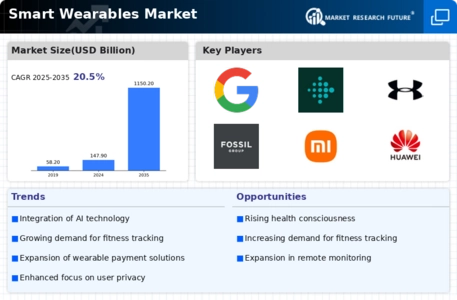

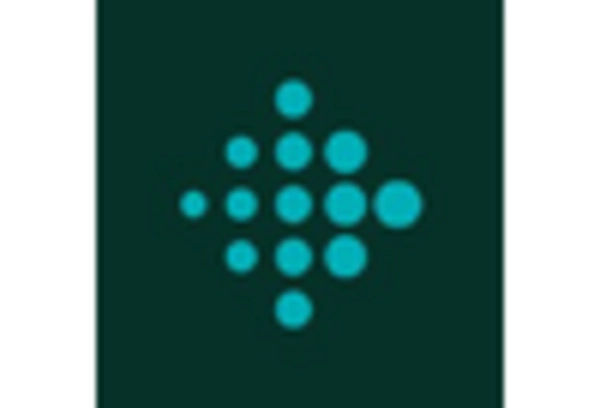
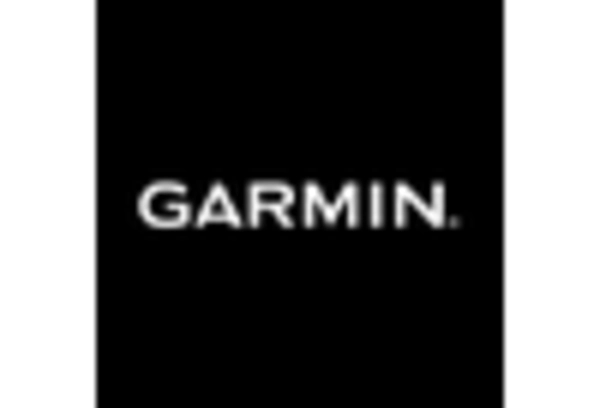
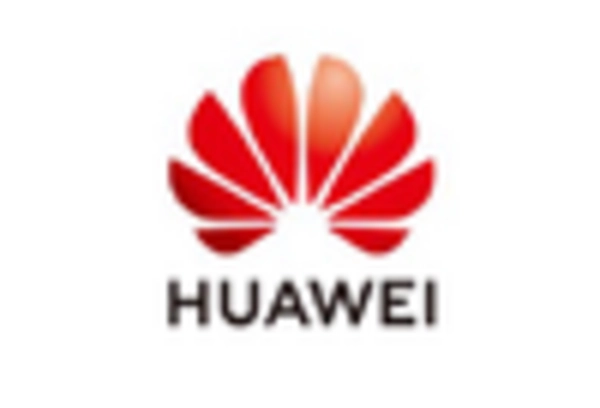

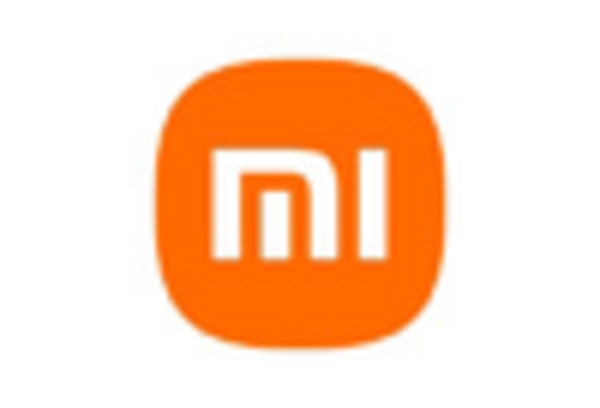








Leave a Comment